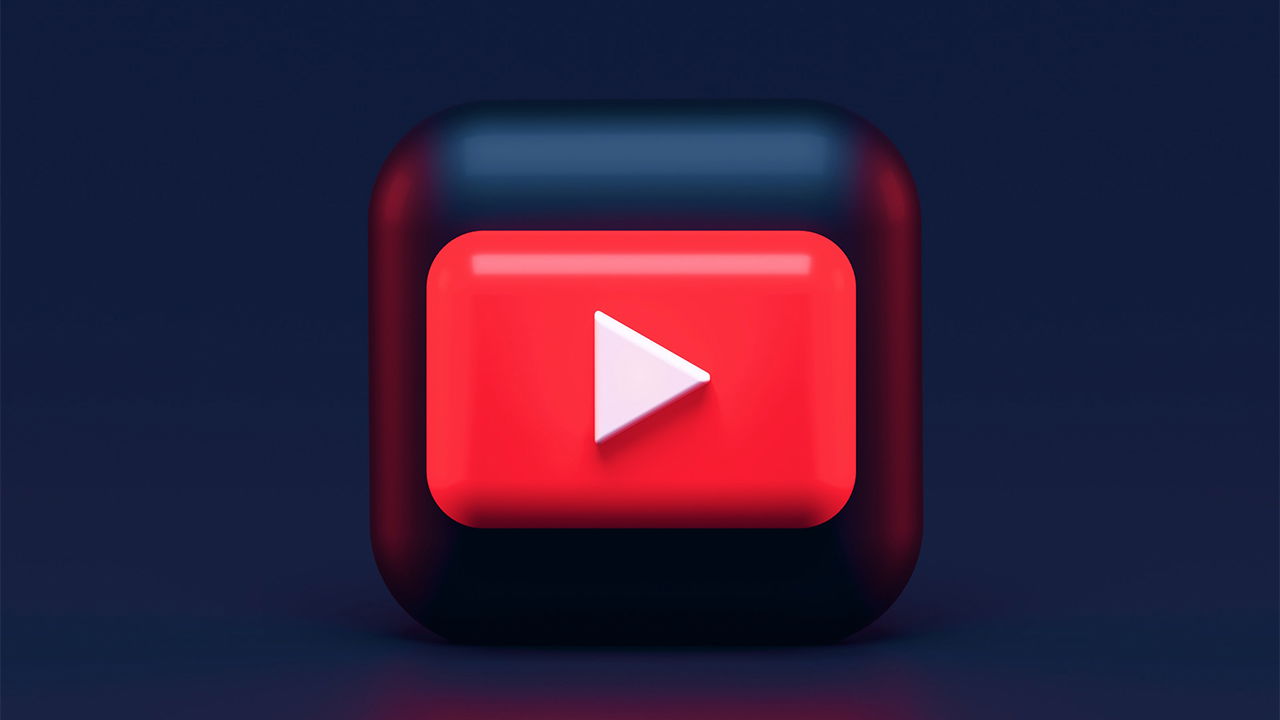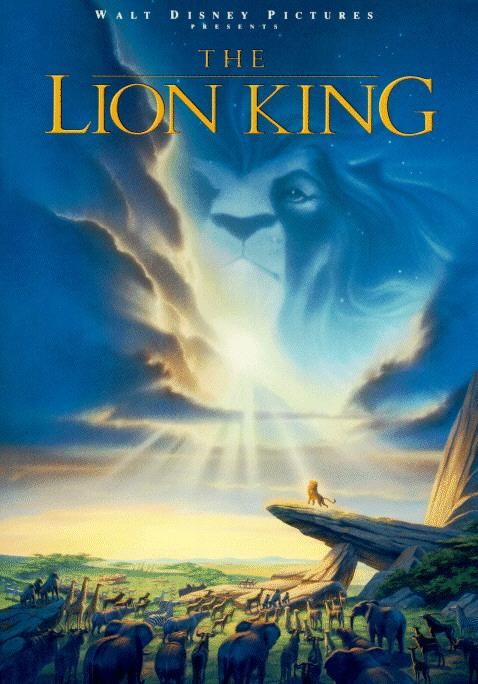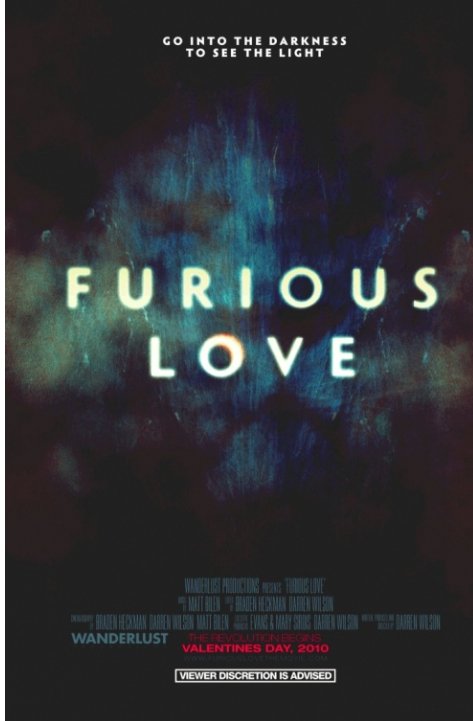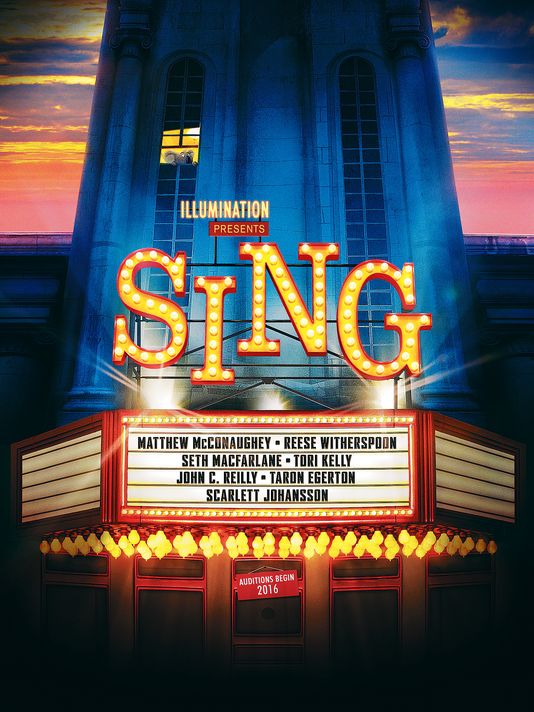
By Mallory Mattingly
Watching YouTube has gone from mobile phones to desktop computers, but now the most common way people watch the video-sharing service is on their TVs, YouTube CEO Neal Mohan said.
“For more and more people, watching TV means watching YouTube,” Mohan wrote in YouTube’s 2025 annual letter. “Viewers are watching, on average, over 1B hours of YouTube content on TVs daily, and TV is now the primary device for YouTube viewing in the U.S. But the ‘new’ television doesn’t look like the ‘old’ television. It’s interactive and includes things like Shorts (yes, people watch them on TVs), podcasts, and live streams, right alongside the sports, sitcoms and talk shows people already love.”
Within the letter, Neal Mohan shared his “four big bets of 2025” for the platform:
- YouTube will remain the epicenter of culture.
- YouTubers are becoming the startups of Hollywood.
- YouTube is the new television.
- AI will make it easier to create and enhance the YouTube experience for everyone.
So, when it comes to 2025, where does YouTube fit in among its competitors?
According to Android Phone, YouTube will excel because of the many different types of content — music, podcasts, feature-length films, full-length TV series, talk shows and Shorts — that find their home on the platform.
Swipe Insight found that in 2024, the views on YouTube Shorts on TVs grew by 75% in the United States.
The Nielsen TV and Streaming report, The Gauge, also confirmed that increase. Nielsen reported that in February 2025, 11.6% of Americans watching TV do so on YouTube. That’s nearly 3% higher than Netflix, 7% higher than Disney and 8% higher than Prime Video.
Mohan expects YouTube to grow even larger in 2025 through the use of artificial intelligence.
“As we look ahead, we’ll continue investing in AI tools that empower creators and artists throughout their creative journey,” Mohan wrote in the annual letter. “Last year we rolled out Dream Screen and Dream Track which generate image backgrounds, video backgrounds, and instrumental soundtracks for Shorts.”
YouTube also wants these AI tools to help creators find new viewers while reaching different audiences.
However, Neal Mohan’s main goal with adding AI into the mix is “building the right guardrails to protect creatives on YouTube.”
That means “developing new tools to help individuals detect and control how AI is used to depict them on YouTube. Through a pilot with the creative industry, some of the world’s most influential figures will soon have access to this early-stage technology and are providing critical feedback to help us build our detection systems and refine the controls.”
Within the last 10 years, YouTube has grown to become the largest video-sharing platform and streaming platform in the market. And thanks to its music videos, full-length films, TV shows, Shorts and more, YouTube now dominates TV screens across America.
Read Next: Could YouTube Shorts Dethrone TikTok?
Questions or comments? Please write to us here.


 - Content:
- Content: 

